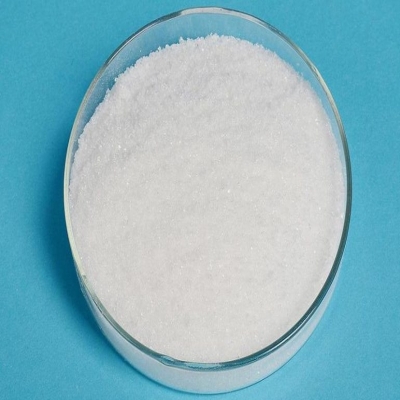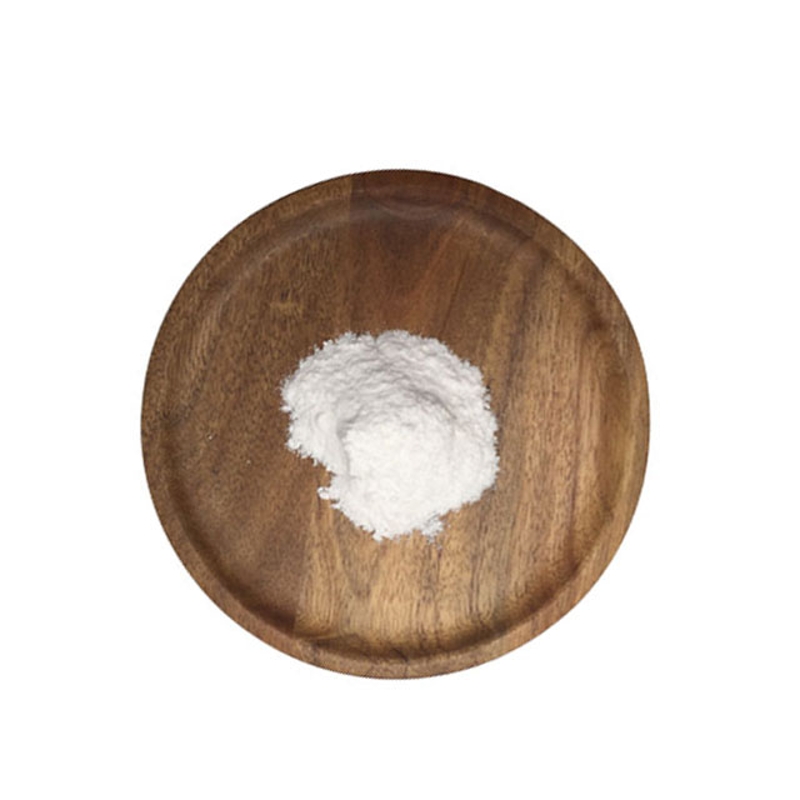-
Categories
-
Pharmaceutical Intermediates
-
Active Pharmaceutical Ingredients
-
Food Additives
- Industrial Coatings
- Agrochemicals
- Dyes and Pigments
- Surfactant
- Flavors and Fragrances
- Chemical Reagents
- Catalyst and Auxiliary
- Natural Products
- Inorganic Chemistry
-
Organic Chemistry
-
Biochemical Engineering
- Analytical Chemistry
- Cosmetic Ingredient
-
Pharmaceutical Intermediates
Promotion
ECHEMI Mall
Wholesale
Weekly Price
Exhibition
News
-
Trade Service
On January 20, The Providence Regional Medical Center in Washington received the first confirmed case of new coronary pneumonia in the United States. More than half a year
, the cumulative confirmed case of new crown pneumonia in the United States has exceeded 4 million, and the situation continues to deteriorate.
the Medical And Medical Sector in the United States has changed as a result.
disrupting the medical model quickly spreads through the first wave of the epidemic in the United States and implements a nationwide blockade, telemedicine becomes a necessary way for hospitals to provide emergency care. Renee Dua, chief marketing officer at Heal, a u.S. home health care and telemedicine start-up,
, says no one can ignore preventive screening and primary care, even during an outbreak, routine medical services, especially important medical services such as childhood vaccinations. otherwise,
, it could lead to an increase in the number of people with preventable cancer or infectious diseases.
the U.S. Centers for Medicare and Medicaid Services (CMS) and commercial insurers also relaxed rules and expanded coverage, with hospital telemedicine business surged in March and April.
some have speculated that some hospitals may stop telemedicine as the outbreak eases.
the truth is that patients and doctors are getting used to telemedicine, and the function of telemedicine platforms is improving during the outbreak, and telemedicine services in many hospitals are likely to continue.
of course, there are some patients and doctors who prefer face-to-face.
in the medium to long term, telemedicine in U.S. hospitals will thrive in specialized fields such as psychiatry.
is not just telemedicine, other medical services outside hospitals, such as emergency care services in home and retail clinics, may also rise.
Renee Doe, said Heal's online attendance has increased eightfold since the U.S. outbreak, and the number of home medical visits has increased by 33 percent. Ross Nelson, head of medical strategy at KPMG, a
, said the US healthcare industry was upsetting the traditional model of medicine before the outbreak of new crown pneumonia.
, driven by the outbreak, hospitals have shifted resources and stimulated investment in telemedicine.
" shift in the healthcare industry to home care and hospital-away care services will accelerate.
" Foreign media reported that several large Health Systems in the United States have planned to provide the same care at patients' homes as hospitals.
change is not just the way hospitals provide medical services.
changes in workflow began to surge in the number of confirmed cases of new crown pneumonia, U.S. hospitals suspended selected medical services in line with guidelines issued by CMS to consolidate resources to respond to the outbreak.
the situation worsens again, few medical institutions in the United States are willing to suspend selected medical services again for profit-making purposes. Another reason, says Lyndean Brick, chief executive of
's US consultancy, is that hospitals now know how to continue to offer selective care. "I think most medical institutions should continue to provide optional medical services,"
.
because they have the ability to keep patients safe, compared with patients who are more harmful at delaying treatment.
"Although Intermountain Healthcare has also interrupted over-selection surgery because of the outbreak, 100 organ transplants have been completed in 2020, up from the same period in 2019." Alonso, head of the
Mountain Medical Abdominal Transplant Program, revealed that while transplants are one of the essential medical services, when forced to suspend, medical staff in Mountain Medical Re-evaluated their work processes to ensure the safety of patients at higher risk of postoperative infection.
Mountain Medical has developed a patient diversion system to determine which medical services are "necessary" based on the current level of transmission of the new crown virus and the number of beds available and health care providers.
for patients with new crown pneumonia, the hospital has specially arranged specific floors and medical staff, and these health care workers have a clear division of labor.
, Mountain Medical has converted all outpatient services to online as far as possible and screened all patients for symptoms in the hospital building. Doctors at the
Mountain Medical Transplant Center are also divided into small groups to prevent infection and all other doctors must isolate themselves.
Brick believes that U.S. hospitals are responding well to the new outbreak of pneumonia, and the key is that the U.S. federal government does not have a unified plan, especially in the procurement of epidemic prevention materials.
this is also the U.S. hospitals more than half a year after the epidemic has not been very effective root cause.
a critical problem faced by hospitals in initial outbreak centers such as Washington state and New York City is the lack of the necessary personal protective equipment (PPE), including N95 masks, protective clothing and gloves.
treatment devices such as ventilators and the drugs needed to treat patients are also in short supply.
, while the material reserves have improved compared to previous levels, the epidemic is spreading faster.
since late June, the "epicenter" of the U.S. outbreak has gradually shifted to the south and west.
during this period, the United States simply did not have enough time to fill the gap in epidemic prevention materials, resulting in front-line medical personnel still have no security. With the number of new patients with pneumonia soaring, "the safety of healthcare professionals remains a key goal," said Shawn Powell, vice president of Premier, a U.S. agency
.
the severe situation of the epidemic continues longer, the greater the pressure on the supply chain of epidemic prevention materials.
A new hospital survey by Premier found that more than half of respondents said N95 masks were seriously under-supplied, orders were heavily delayed and almost half said protective clothing and shoe covers were similar to N95 masks.
Deputy Chief Quality Officer, Dartmouth-Hitchcock Medical Center, said: "It's a very good time. Michael Calderwood, a hospital official, says the hospital has started making its own PPE.
However, the raw materials for the manufacture of PPE are also limited.
Powell believes it could take months for domestic production to ease supply chain pressures.
As the outbreak spreads further, another problem facing U.S. hospitals is to ensure adequate front-line health care.
, doctors, nurses and other front-line medical staff in the United States are under intense pressure.
foreign media said that the outbreak caused by overwork on medical personnel will exacerbate the United States medical staff already in short supply of the status quo.
more important is that labor disputes among health care workers in the United States are on the rise and even strike action is on the rise as working conditions deteriorate and safety is not guaranteed.
, Brick, expects these actions to continue.
According to a foreign media survey, U.S. hospitals, in addition to the most worried about health care workers, the second is worried about the fall and winter outbreak rebound. a Survey of healthcare executives by Edvis, a U.S. consulting firm, in June,
found that 65 percent said U.S. health care providers were ready for a rebound in the fall/winter season.
Deputy Chief Quality Officer at Dartmouth-Hitchcock Medical Center, Dartmouth-Hitchcock Medical Center,
. "We are in much better shape now than we were at the beginning of the outbreak," said Michael Calderwood, chief executive of the University of New China.
"The problem is that the cumulative number of deaths in the United States has exceeded 150,000, and the surge in cases is still showing no signofe of a decline.
If the fall and winter outbreaks rebound, coupled with the arrival of the flu season, the U.S. medical institutions will be able to cope smoothly is a real question.
Original source: Healthcare DiveOriginal Title: 6 months in: What will the new normal look for hospitals? Ling Wuxuan (compilation) Source: Health community !-- content presentation ends - !-- determine whether the login ends.







